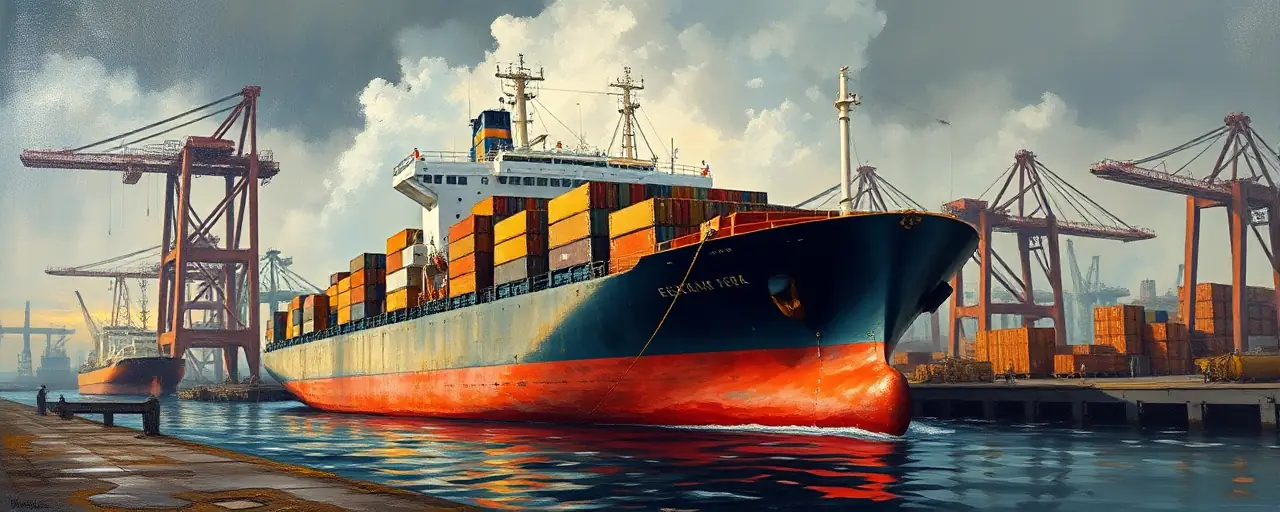The Corporate Cry Over Tariffs
President Trump’s tariff policies have unleashed a firestorm of complaints from retail giants like Walmart, Target, and Home Depot. Their CEOs claim these measures threaten supply chains, inflate prices, and risk empty shelves within weeks. It’s a tired refrain from corporate elites who’ve grown fat off globalism, prioritizing cheap foreign goods over American workers. This isn’t a crisis; it’s a long-overdue correction.
These executives paint a grim picture, warning of disrupted supply chains and soaring costs. Yet their alarmism reeks of self-interest. For decades, they’ve outsourced jobs and flooded markets with imports, eroding the industrial heartland. Trump’s tariffs, including the April 2025 10% baseline on all imports, are a direct challenge to this betrayal, aiming to level the playing field for American manufacturers and workers.
The timing of their outcry is telling. With inflation at 2.8% and consumer spending holding steady, their warnings feel more like a lobbying blitz than a genuine concern. These are the same corporations that spent $4.9 million in Q1 2025 alone to sway trade policy, seeking exemptions while pushing tariffs on competitors. Their loyalty lies with profit margins, not the American people.
Trump’s vision, by contrast, is unapologetically America First. His tariffs aren’t reckless; they’re a calculated strike against nations exploiting U.S. markets. The question isn’t why he’s acting but why it took so long for someone to stand up to the globalist status quo.
The Real Cost of Globalism
Global supply chains, lauded by corporate titans, are a house of cards. Geopolitical strife, like the Russia-Ukraine war, and climate-driven disruptions, such as Panama Canal restrictions, have cost companies $184 billion annually. A Maersk survey revealed 76% of European shipping customers faced disruptions last year, with 22% enduring over 20 incidents. This fragility exposes the folly of relying on foreign suppliers.
Retailers claim tariffs will spike prices, but they’ve already passed on costs from these disruptions without blinking. Apparel prices are up 17%, food nearly 3%, yet retail sales are projected to hit $5.48 trillion in 2025. Consumers, battered but resilient, are adapting by choosing value brands, with 51% of low-income households trading down for meat and dairy. The real threat isn’t tariffs; it’s the unchecked dependence on hostile or unstable nations.
Historical precedent backs this up. The Smoot-Hawley Tariff Act of 1930 is often vilified, but it aimed to protect American industries during a global downturn. While imperfect, it reflected a truth globalists ignore: nations must prioritize their own. Trump’s tariffs echo this, targeting countries with massive trade deficits to force fairer terms.
Opponents, often multinational corporations and their allies in Congress, argue tariffs harm consumers. The IMF estimates a 10-point tariff hike could cut U.S. GDP by 1%. But this overlooks the long-term gain: revitalized domestic industries. The U.S. has lost 5 million manufacturing jobs since 2000, many to China. Tariffs are a weapon to reverse this, not a tax on shoppers.
Dismantling the Opposition’s Case
Corporate leaders and their political allies insist tariffs will cripple the economy. They point to retaliatory measures from China, the EU, and Mexico, claiming global trade will grind to a halt. Yet these nations rely on U.S. markets far more than we need their goods. Retaliation hurts them too, and history shows trade wars often end in negotiation, not collapse.
Some in Congress, even within the Republican Party, push bills like the Trade Review Act of 2025 to curb presidential tariff powers. They argue for free trade, citing innovation and growth. But free trade has gutted American communities, leaving rust belts in its wake. The libertarian wing’s obsession with open markets ignores the reality: nations like China exploit us with state subsidies and lax labor laws.
The data undermines the doomsayers. Despite tariff-induced price hikes, unemployment remains low, and personal incomes are rising. Consumer spending, while cautious, grew 0.4% in February 2025. Delinquencies on loans are up but manageable. Americans are tightening belts, not starving. The real risk is inaction, letting foreign competitors erode our economic sovereignty.
A Path to American Strength
Trump’s tariffs are more than policy; they’re a declaration of independence from globalist dogma. By incentivizing domestic production, they rebuild communities hollowed out by decades of outsourcing. The 70% of Republicans backing these measures see this clearly, as do millions of workers who’ve watched factories shutter.
The retail industry’s warnings are overblown. Supply chain resilience is already improving, with 73% of companies adopting dual-sourcing and 60% regionalizing operations. Tariffs accelerate this shift, forcing firms to invest in American suppliers. The result? Jobs, security, and a supply chain that doesn’t collapse when a foreign port closes.
This isn’t blind protectionism. It’s strategic. Tariffs pressure trading partners to negotiate better deals, as seen in past U.S.-China talks. They also fund infrastructure and tax cuts, easing the burden on families. The $3,800 annual household cost critics cite is real but overstated; lower-income families, the hardest hit, benefit most from job creation in revitalized industries.
Seizing the Moment
America stands at a crossroads. Trump’s tariffs are a bold bet on our workers, our industries, and our future. Retail CEOs may wring their hands, but their warnings mask a deeper truth: globalism has failed the heartland. The empty shelves they predict haven’t materialized, and consumers are proving tougher than the elites assume.
This fight is about more than economics; it’s about sovereignty, pride, and the right to put America first. Tariffs aren’t perfect, but they’re a necessary weapon against a world that’s taken advantage of us for too long. Let’s back Trump’s vision and rebuild an economy that works for every American, not just the corporate boardroom.
